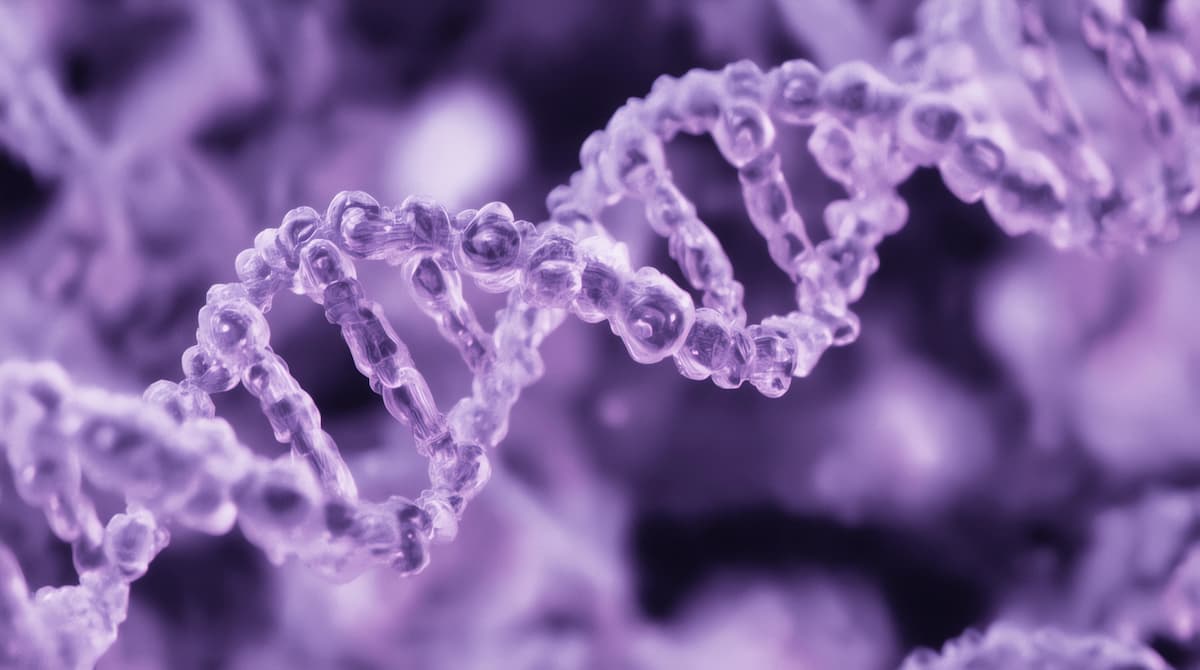A single dose of pneumococcal conjugate vaccine (PCV) can provide robust protection against vaccine-type serotypes of invasive pneumococcal disease (IPD) in children, particularly if the vaccine is administered once the child is aged 12 months, according to a systematic literature review published by investigators in Infectious Diseases and Therapy. The findings support single-dose catch-up programs for young children and could better inform pharmacists and health care providers on the optimal vaccine schedule for toddlers to provide the most protection in the safest manner possible.1
Image Credit: © Studio HK – stock.adobe.com
Pneumococcal Dosing Schedules and Single-Dose Effectiveness
In the United States, the CDC helps set pneumococcal vaccine recommendations for children and adults. A series of PCVs have been developed over the last quarter-century, beginning with 7-valent PCV (PCV7) in 2000 and continuing with 10-valent PCV (PCV10) and 13-valent PCV (PCV13). These vaccines have drastically reduced the burden of IPD across all ages; however, as the immunizations remain serotype specific, new IPD serotypes can replace current ones protected by vaccines. This has necessitated the development of new PCVs that protect against additional serotypes.1-3
Currently, the CDC recommends vaccination with 3 options of PCVs that have been more recently approved by regulatory authorities: 15-valent PCV, 20-valent PCV, or 21-valent PCV. The PCV7, PCV10, and PCV13 vaccines are still used in many regions across the world and remain relevant in the US given the large portion of the population who may have received one of those vaccines in their lifetime.1,4
Although adults aged 50 and older are typically recommended to receive 1 dose of PCV, infants and children aged 5 years or younger are recommended to receive a 4-dose series of PCV at the ages of 2 months, 4 months, 6 months, and 12 through 15 months, with children who missed their shots or started their vaccine series late able to receive a catch-up dose. Vaccine schedules and dosing methods vary, but they typically center around a 2- or 3-dose series in infancy with a follow-up booster dose. The effectiveness of a single dose against pneumococcal infection is unclear, but evidence suggests that protection can remain robust.1,5
Meta-Analysis Affirms Effectiveness of a Single Dose
Therefore, the current authors sought to summarize the available evidence on the effectiveness of a single dose of PCV7, PCV10, and PCV13 against vaccine-type IPD in children. Most pertinently, the data could provide evidence for the effectiveness of single-dose PCVs in situations such as catch-up vaccination campaigns or in humanitarian emergencies. The investigators wrote that more recently approved vaccines, such as PCV15, PCV20, or PCV21, were not included since no long-term vaccine effectiveness data was available.1
The review comprised literature published from 2000 to 2024, of which 27 were ultimately included. Nine studies investigated the vaccine effectiveness (VE) of PCV7, 4 examined the VE of PCV10, 7 analyzed PCV13, and 7 investigated more than 1 vaccine.1
The VE of PCV7 against vaccine-type IPD was analyzed, with this being examined in 14 total studies. A meta-analysis of VE of a single dose of PCV7, stratified by age at vaccination, found that PCV7 administered at less than 12 months of age had a pooled VE of 64.6% (95% CI, 47.3–76.2). However, for a single dose for patients aged 12 months or more, pooled VE was 81.6% (95% Ci, 72.5–87.7).1
Five total studies reported VE for PCV10 against vaccine-type IPD. Point estimates for a single dose ranged from 37% to 95%. One notable study in Brazil determined that a single catch-up PCV dose administered between the age of 12 and 23 months had a VE of 68.0% (95% Ci, 17.6–87.6). Pooled VE for PCV10 was 73.0% (95% CI, 29.4–94.4), following a meta-analysis.1,6
Lastly, PCV13’s VE was investigated across 13 studies. Similarly to PCV7, the effectiveness of a single dose of PCV13 increased when administered to children aged 12 months and older. Pooled VE of a single PCV13 dose was 56.8% (95% CI, 44.1–66.6) when administered to children aged less than 12 months, while children who received a single dose at age 12 months or older experienced a pooled VE of 79.2% (95% CI, 65.5–87.5).1
Clinical Implications
Notably, this was the first systematic literature review to examine the effectiveness of a single dose of PCV against vaccine-type IPD in children, according to the investigators. The data indicates that a single dose of PCV7, PCV10, and PCV13 in the first year of life can provide significant protection against IPD, with effectiveness increasing with age. Health care professionals can utilize this data to better inform the optimal pneumococcal vaccine dosing schedule for children, especially those who may need to catch up from a missed vaccine in their original series. Furthermore, the data could be especially relevant in underserved or under-resourced areas where quick, single-dose vaccination campaigns could be most optimal for the community.1
“Our findings support vaccination strategies based on the use of a single toddler dose in transition schedules or catch-up programs,” the investigators concluded. “Future studies are needed to evaluate the effectiveness of newer, higher-valency PCVs in both fully vaccinated and incompletely vaccinated children.”1








